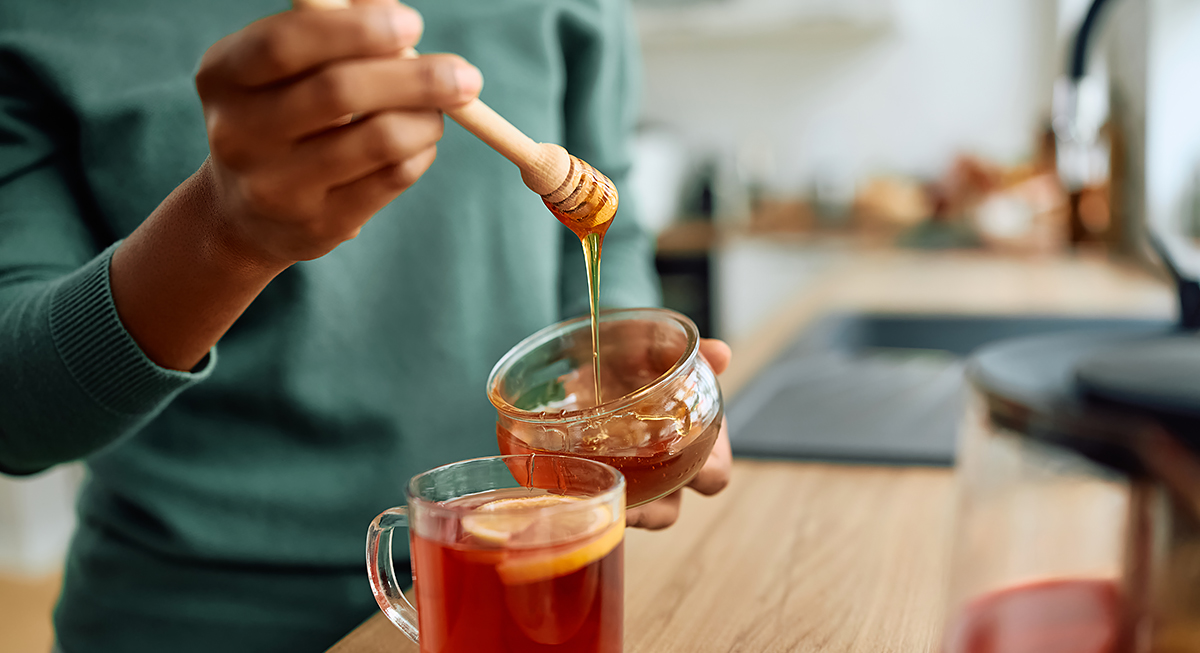The Colosseum in ancient Rome had 50,000 spectators, the roar of the crowd, and... a snack break? Yep, the Romans didn’t just show up for the bloodshed. They brought their favorite treats to enjoy while gladiators fought for glory. Archaeologists uncovered these tasty tidbits and gave us a glimpse of how the Romans snacked.
Grapes

Credit: Wikimedia Commons
The Colosseum was a hub of action and excitement, with gladiators battling it out while the crowd indulged in their favorite snack—grapes. This fruit is sweet, portable, and mess-free, and it was the ideal treat for spectators caught up in the drama of the games. Archaeologists have even uncovered grape seeds in the Colosseum's drains.
Figs
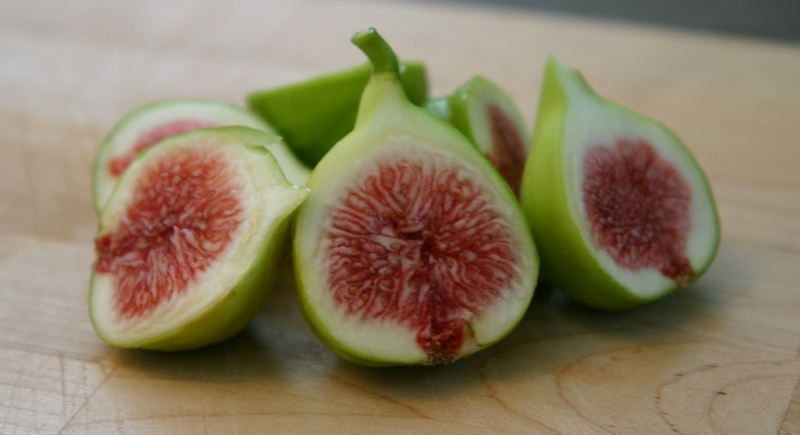
Credit: flickr
Figs were sweet, easy to carry, and packed with energy, which made them the perfect pick-me-up during those long, intense games. They could be eaten fresh or dried and kept Romans fueled throughout the day. Like grapes, fig remnants were also uncovered in the drainage systems of the Colosseum.
Berries
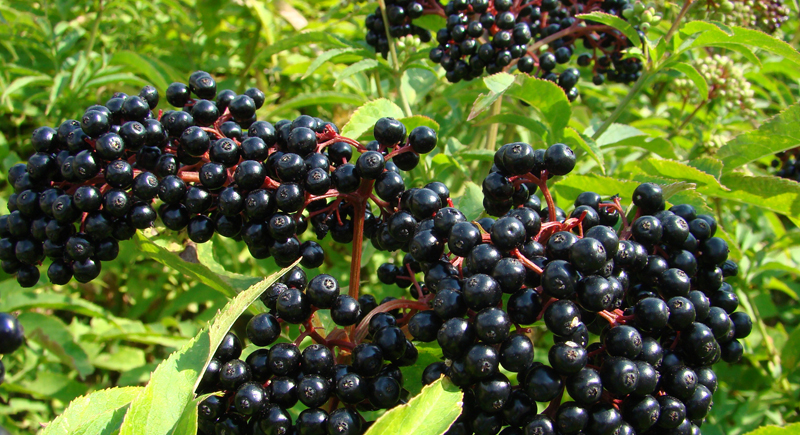
Credit: Wikimedia Commons
Romans also snacked on the most convenient treats—berries. From sweet blackberries to juicy cherries and elderberries, these little fruits have a good burst of flavor. Their discovery in ancient ruins helps historians piece together everyday Roman life.
Olives

Credit: pexels
Olives were packed with healthy fats and antioxidants; they were the Romans' secret to staying energized. Romans also saw their olives as symbols of peace and prosperity. They were an interesting contrast to the sweeter fruits like figs and grapes but also reflected the Mediterranean diet's emphasis on such staples.
Plums
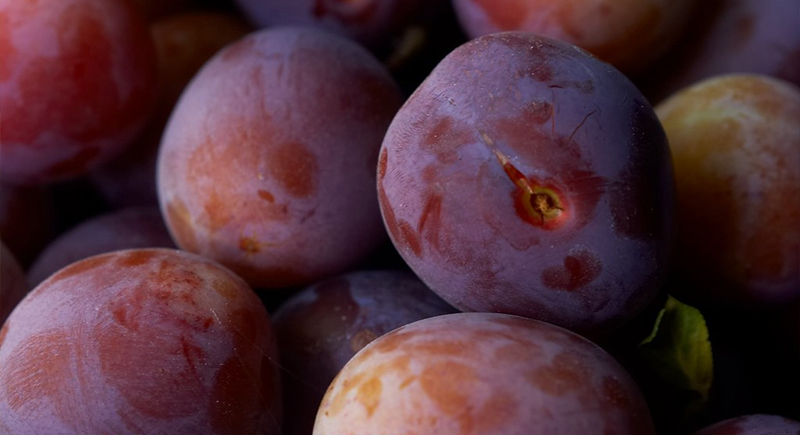
Credit: flickr
Among the sweet fruit variety, plums were also apparently a big hit among the Romans. They have a good balance of sweetness and tartness. No wonder archaeologists have found plum pits in the Colosseum’s drains!
Walnuts
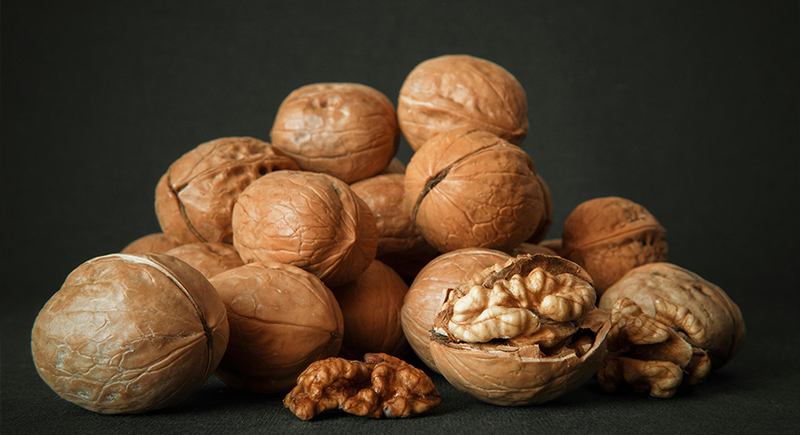
Credit: pexels
The Colosseum is alive with action, and the crowd is snacking on something more energizing than popcorn—walnuts! These little power snacks were rich in flavor and healthy fats. They’d stuff dates with crushed walnuts, spice them up with pepper, roll them in salt, and simmer them in honey.
Flatbread "Pizza"
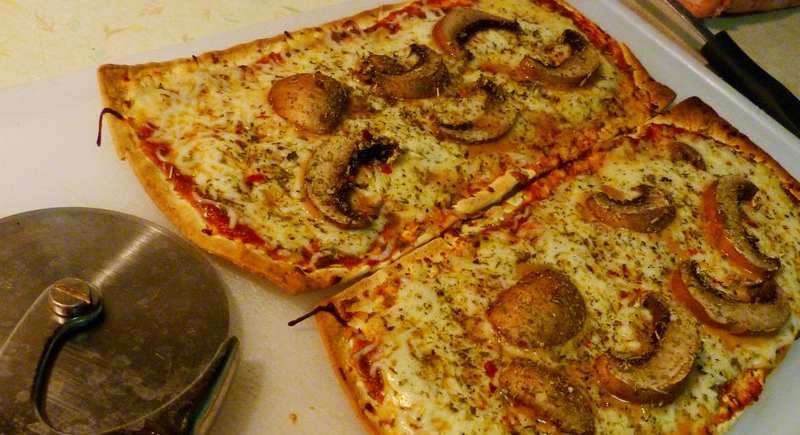
Credit: flickr
Long before pizza became a global favorite, ancient Romans were enjoying their version of flatbread—mensa. This simple yet satisfying snack was made from grains, water, and salt, and could be topped with fruits, herbs, and even a cheesy, herby spread called moretum. One fresco from Pompeii shows a mensa topped with pomegranate, dates, and moretum, served with wine.
Cooked Pork
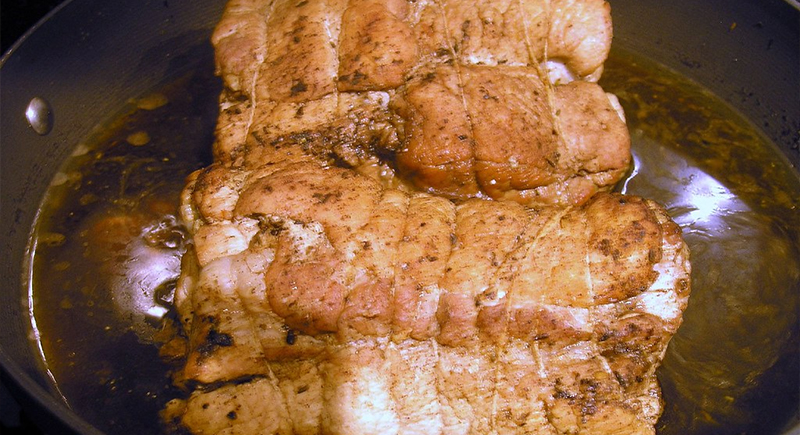
Credit: flickr
Pork was savory, protein-packed, and the perfect choice for those looking for more than just fruit or nuts. Archaeologists even uncovered pig bones beneath the Colosseum, confirming its popularity.
Honeyed Dates

Credit: Canva
Romans also snacked on dulcia domestica, a sweet yet savory treat. Dates were stuffed with a nutty blend of walnuts, pine nuts, and a dash of pepper, then rolled in salt and simmered in honey until they were perfectly tender. Thanks to the natural sugars and fats, these treats were packed with energy.
Baked Cheeses
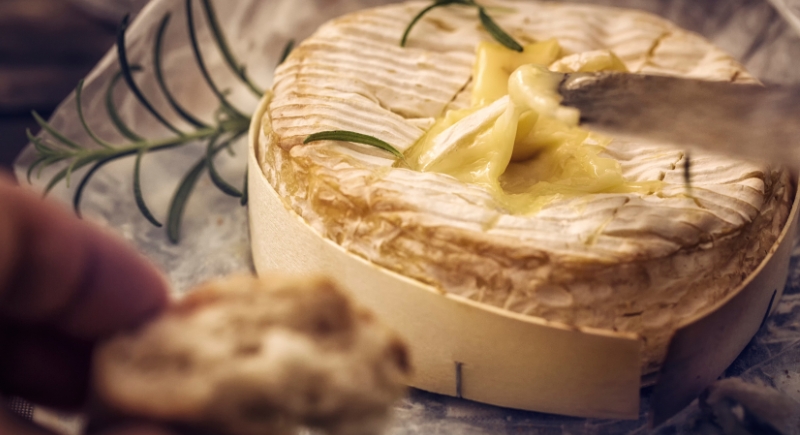
Credit: Getty Images
Few things hit the spot like a slab of warm, baked cheese for Romans on the move. It was sold in bustling Thermopolis—street-side eateries that kept Pompeii fed—and the golden, gooey delight was the ancient answer to fast food. Places like the Thermopolium of Asellina served it hot to locals who didn’t have kitchens at home.
Roasted Chickpeas
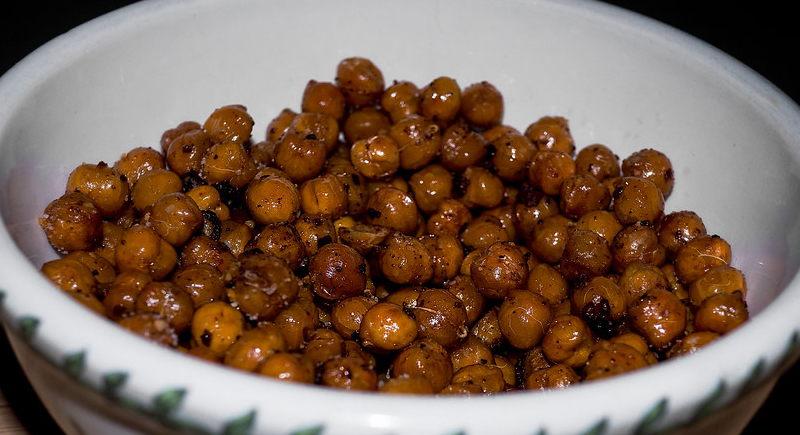
Credit: flickr
Fricti ciceros—roasted chickpeas—were the perfect match for the action. They were crispy, savory, and seasoned with cumin and salt. They were also packed with protein and made to last. These simple, savory snacks were a Roman favorite for a reason.
Lucanica
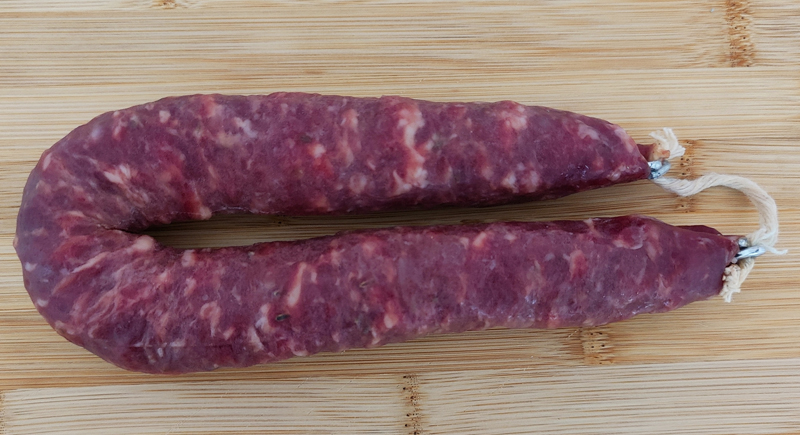
Credit: Wikimedia Commons
In ancient Rome, street vendors served flavor-packed sausages! The lucanica, a smoked pork sausage from Lucania, was a hit among Romans. Soldiers brought it back from their campaigns, and it quickly became a favorite snack. It was packed with spices and savory herbs, along with garum (a tangy fermented fish sauce), before being grilled to perfection and sold hot.
Hard-Boiled Quail Eggs
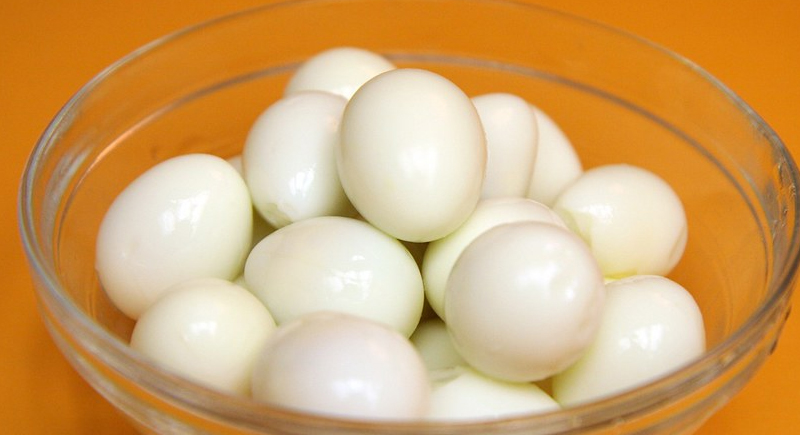
Credit: flickr
Romans took quail eggs up a notch by dipping them in a savory pine-nut sauce with honey and garum. This combo brought bold flavors to a protein-packed snack—proof that the Romans knew how to keep things delicious without complicating it!
Chestnuts

Credit: pexels
Chestnuts were a go-to snack that powered the crowd. They were roasted over open flames and tasted sweet. Archaeologists have found carbonized chestnuts at Pompeii and Herculaneum. Romans even helped spread chestnut cultivation across Europe.
Peaches
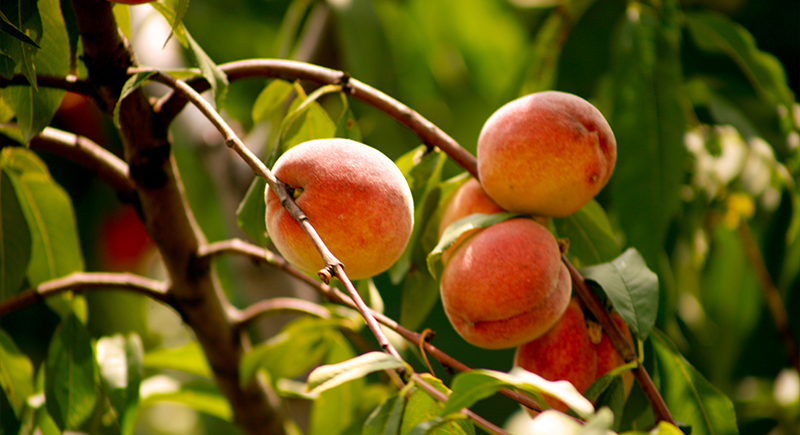
Credit: Wikimedia Commons
Not all Roman snacks were crunchy or salty—some were downright juicy. Peaches were brought to Italy from Persia in the 1st century AD and quickly quickly became a favorite. But they didn’t just eat them raw; Romans got creative by cooking up dishes like patina de persicis, where peaches were stewed with cumin and olive oil.




